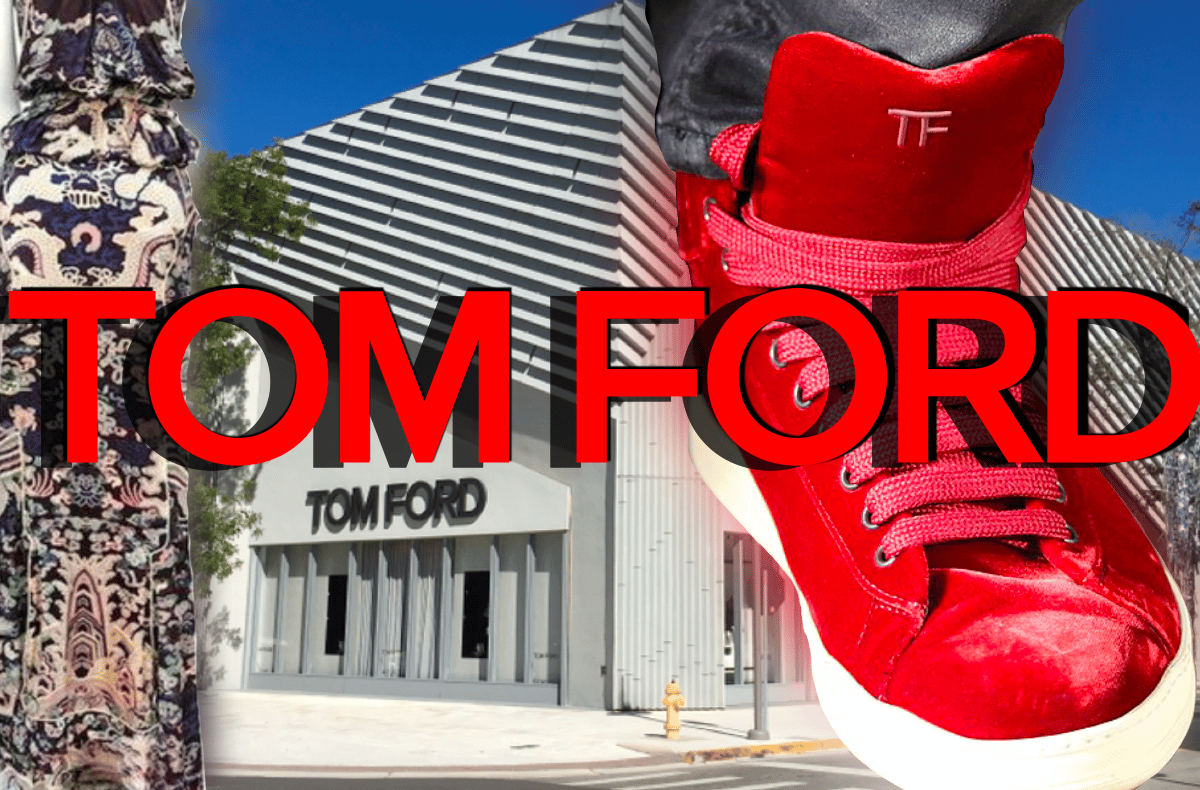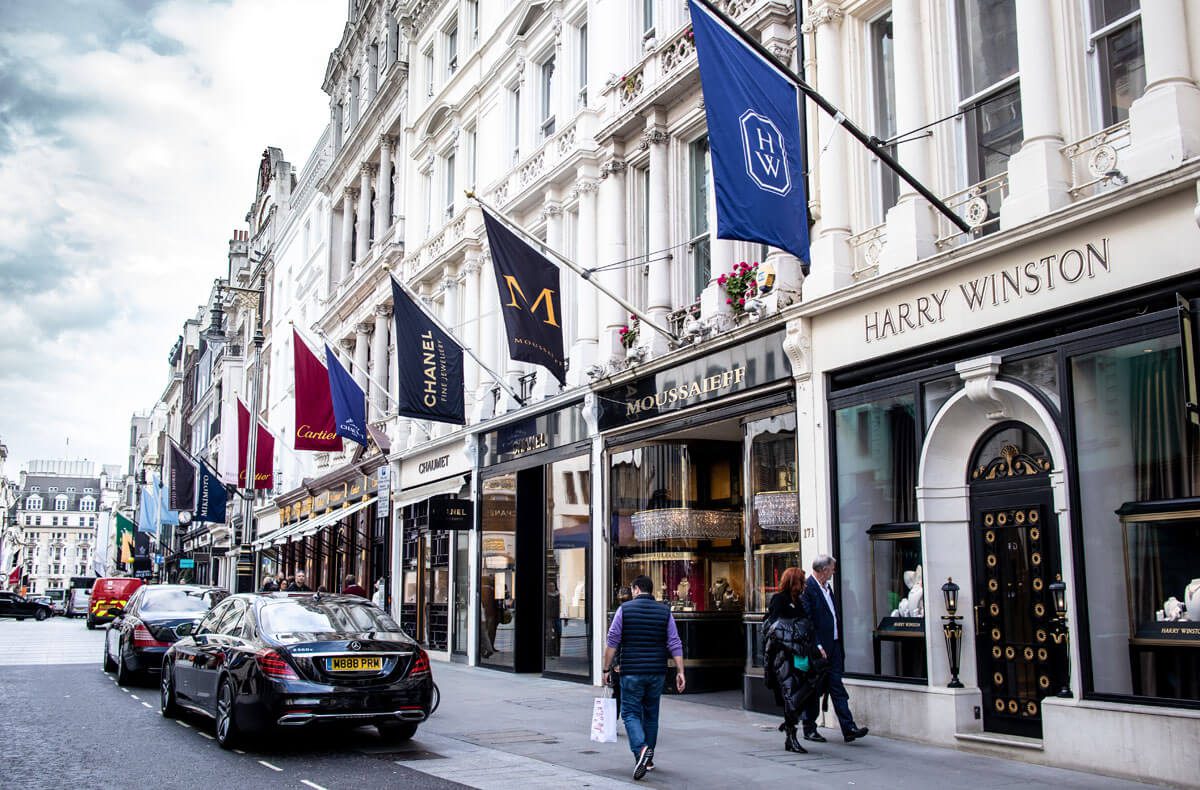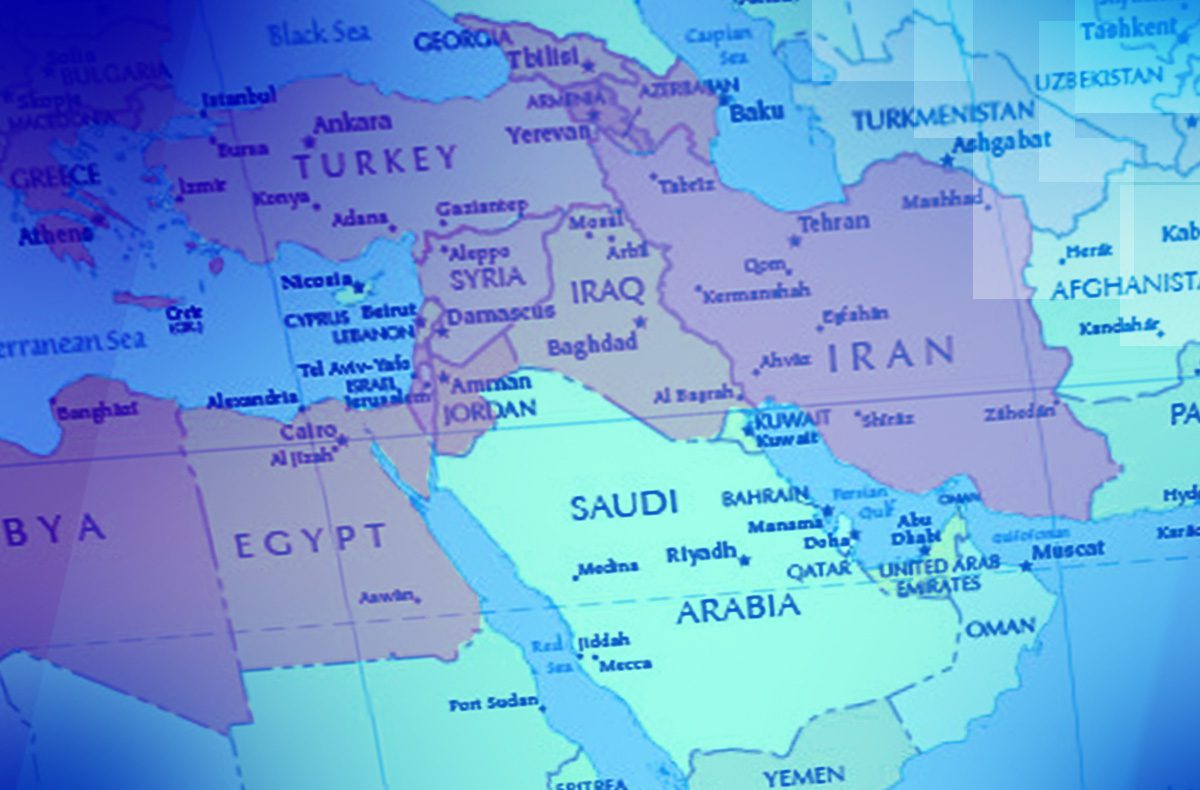
“You look perky!” It’s the morning after the night before, and the UK’s fashion and grooming press are standing to attention at Tom Ford’s head office near Victoria Station, London. It’s the launch of his new men’s grooming line. The previous evening, Tom Ford, surrounded by his celebrity friends, had held an exclusive cocktail party during June 2013’s edition of London Collections: Men at Mark’s Club in Mayfair to celebrate. Feeling a little worse for wear, I’m as surprised as anyone at his comment. But I’ll take it.
Tom Ford is one of the few—if only—designers who can have the usually cynical British press eating out of the palm of his hand. He speaks in sound bites and you listen. Where Tom Ford goes, you follow and his knack of updating or simply taking what you already have and then giving it back to you in more seductive packaging has made him a billionaire 2.8 times over thanks to the sale of his company to beauty giant, Estée Lauder.
To be precise, as a result of the sale, Forbes estimates the designer, who owned nearly 64% of his company, will receive about $1.1 billion in cash from the sale after deducting estimated taxes.
Not bad for 17 years’ work.
Tom Ford’s eponymous brand building is a masterclass. It will go down in fashion business folklore as a textbook version of founding, growing, and cashing out. It never happens like this, and is a testament to a man who can truly balance creativity and commerce; the ultimate goal within the fashion industry. I’m gushing.
An unknown, who made Gucci rise like a Phoenix, Ford propelled the foundation of the one of the world’s largest luxury fashion conglomerates, founding his own label in 2005 and steadily building and adding categories while working with long term partners completely invested in his success and, as we’ve just found out, couldn’t live without him (well, his name).
Lady Gaga’s House of Gucci film was a camp history lesson of the brand and highlighted the point of Tom Ford’s introduction, his magical first full collection—silk shirts and velvet hipsters have never looked so good—and its subsequent resuscitation of the brand. After 14 years—1990–2004—Tom Ford left the Gucci Group, taking a small break and then founding his own label with his own name.
A recent documentary series, Kingdom of Dreams, looks at the rise of the luxury conglomerates from the 1990’s to the 2010’s through four designers: Tom Ford, Alexander McQueen, Marc Jacobs and John Galliano. The four-part series shows how important Ford’s relationship with Domenico De Sole is. De Sole held the business reins behind the Gucci Group—now called Kering—overseeing the group expansion by buying brands such as Yves Saint Laurent, Bottega Veneta, Balenciaga, Alexander McQueen, Stella McCartney, and Sergio Rossi. Ford and De Sole were a strong partnership and left Gucci Group together, founding Tom Ford with De Sole as chairman from the beginning.
From the start, the Tom Ford label chose affordable categories like beauty and sunglasses to focus on with only luxury men’s suiting, taking inspiration from the famed London tailor Tommy Nutter as the “fashion” offer. This is a sharp contrast to brands like Victoria Beckham, who started with expensive womenswear which was mostly out of the price range of her fan base and only now has launched beauty in an even more crowded market.
Tom Ford partnered and pioneered a new luxury beauty tier with Estée Lauder and the optical partner was Marcolin, rather than the larger and more brand-heavy Luxottica Group or Safilo Group, knowing his brand would get more attention and focus.
He didn’t launch womenswear until 2010, and it’s this slow burn of product, categories, and partners plus the use of their expertise, production, and network that didn’t overextend the brand either creatively or financially. His first fragrance, Black Orchid, became an instant hit, and it could only be Tom Ford who would persuade Estée Lauder to put “Fucking” onto a bottle of fragrance.
His suiting partner from the start was the Italian brand, Ermenegildo Zegna, who is arguably one of the world’s finest ready-to-wear menswear producers. De Sole serves on the board at Ermenegildo Zegna.
Such long term partnerships have offered stability to Ford’s brand and to the consumer. It’s knowing you’re in safe hands. You know you’re paying a premium for anything with a Tom Ford name on it, but knowing Zegna has done the construction of your suit, for example, feels like you are getting the quality, too, unlike so many anonymously-made luxury brands today.
The categories just kept coming. Every time you went to Tom Ford’s showroom, he would say, “I said I would never do a sneaker…” voila, Tom Ford sneakers, “I said I would never do a jean…” voila, Tom Ford denim, and so on. Today, Tom Ford’s annual revenue is said to be in the region of $800 million.
Tom Ford isn’t a designer, he is an editor. One of the best. He knows exactly how to tweak, exaggerate or change something to make it feel fresh and desirable. He has continually updated his sexy Studio 54 1970s shtick from the start.
I can remember seeing a talk with him once where he said when he was at Gucci they would create 400 pieces and then edit it down to forty looks for the show. What wasn’t chosen went to the outlet. It was this tight editorship that made it so strong. Today, fashion shows from luxury brands can be anything up to 120 looks.
Tom Ford’s own catwalk shows were never quite up to the caliber of his Gucci ones—the casting was never quite right, and he hasn’t really hit the “It” bag territory with any of his own label handbag designs. The distribution isn’t so ubiquitous, which could go to explain that. Presently there are only around one hundred freestanding Tom Ford stores. Even so, the label is aspirational and seductive enough to keep flogging millions of those $60 lipsticks in every global department store. He is a household name.
The Tom Ford Beauty brand license was expiring in 2030, and Tom Ford was starting to use producers other than Zegna. The brand purchase has now cemented those relationships long term. A number of Wall Street analysts considered the $3 billion price tag as expensive, but now all those partners can plan without worrying about the larger whole Tom Ford would leave on their balance sheets. Tom Ford is contracted until the end of 2023 and it would be a shame to lose his eye over things.
At 61, he certainly has time for another chapter. Bravo, Tom. Fucking Fabulous.



